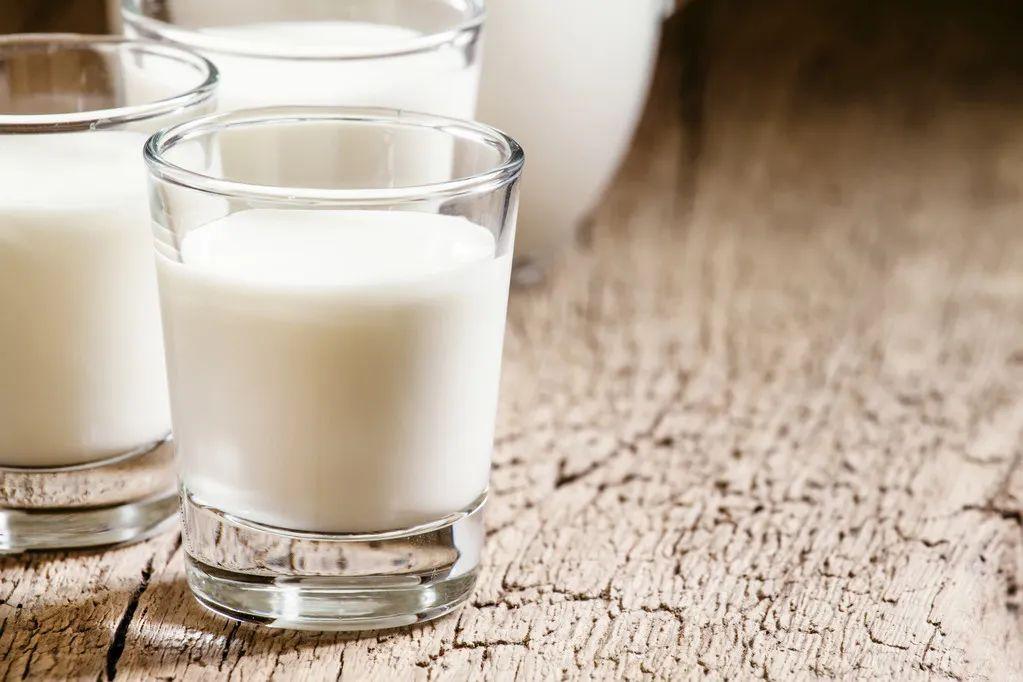World Health Organization: Practical Advice for Staying Healthy
1. Fruits and vegetables
Eating at least 400g or five portions of fruit and vegetables a day reduces the risk of non-communicable diseases and helps ensure adequate daily intake of dietary fibre.

Ways to increase your fruit and vegetable intake are:
Dishes are always served with vegetables;
Snack on fresh fruits and raw vegetables;
Eat fresh fruits and vegetables in season;
Eat a variety of fruits and vegetables.
2. Fat

Adults who reduce their total fat intake to less than 30 percent of their total energy can help prevent weight gain. You can also reduce your risk of developing NCDS by:
Reduce saturated fat intake to less than 10% of total energy;
Reduce trans fats to less than 1% of total energy intake;
Replace saturated and trans fats with unsaturated fats, especially polyunsaturated fats.
Fat intake, particularly saturated fat and industrially produced trans fat intake, can be reduced by:
Cooking is done by steaming or boiling rather than frying;
Substitute polyunsaturated fats such as soybean, canola, corn, safflower and sunflower oils for cream, lard and ghee;
Eat reduced-fat dairy products and lean meat, or cut out fatty meat;
Limit baked or fried foods, and prepackaged snacks and foods (such as doughnuts, cakes, pies, cookies, crackers, and crackers) that contain industrially produced trans fats.
3. Salt, sodium and potassium

Most people consume too much sodium through table salt (equivalent to an average daily intake of 9-12 grams of salt) and not enough potassium (less than 3.5 grams). Too much sodium and not enough potassium can lead to high blood pressure, which increases the risk of heart disease and stroke.
Reducing salt intake to less than the recommended amount of 5 grams a day could prevent 1.7 million deaths a year.
People often don't know how much salt they eat. In many countries, salt mostly comes from processed foods (such as ready-to-eat foods, processed meats like bacon, ham, sausage, cheese, salty snacks, etc.), or foods that are usually eaten in large quantities (such as bread). People also add salt to food in cooking (e.g. broths, solid soups, soy sauce and fish sauce) or in eating (e.g. refined salt).
Ways to reduce salt intake include:
The amount of salt and high-sodium seasonings (such as soy sauce, fish sauce and broths) used in cooking and processing food;
Keep salt or other high-sodium condiments off the table;
Limit salty snacks;
Choose products that are lower in sodium.
Some food manufacturers are reformulating their products to reduce sodium content. People should be encouraged to check nutrition labels to know how much sodium a product contains before buying or eating it.
Potassium can mitigate the adverse effects of high sodium intake on blood pressure. Increase your potassium intake by eating fresh fruits and vegetables.
4. Sugar
For both adults and children, intake of free sugars should be reduced to less than 10% of total energy intake. Cutting to less than 5% of your total energy intake has even more health benefits.
Consumption of free sugars increases the risk of dental caries (cavities). Consuming excess calories from foods and drinks high in free sugars can also lead to inappropriate weight gain, potentially leading to overweight and obesity. Recent evidence also suggests that free sugars have an effect on blood pressure and lipids, and suggests that reducing free sugar intake may reduce risk factors for cardiovascular disease.

Ways to reduce sugar consumption include:
Limit the consumption of foods and beverages with a high sugar content, such as sugary snacks, confectionery and sugary drinks (i.e. all types of beverages containing free sugars - including carbonated or non-carbonated soft drinks, fruit or vegetable juices and beverages, liquid and powder concentrates, flavoured waters, energy and sports drinks, ready-to-drink teas, ready-to-drink coffee and flavoured milk drinks, etc.);
Snack on fresh fruits and raw vegetables instead of sugary snacks.







